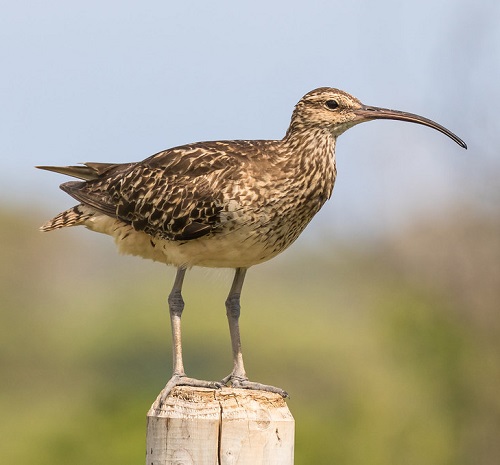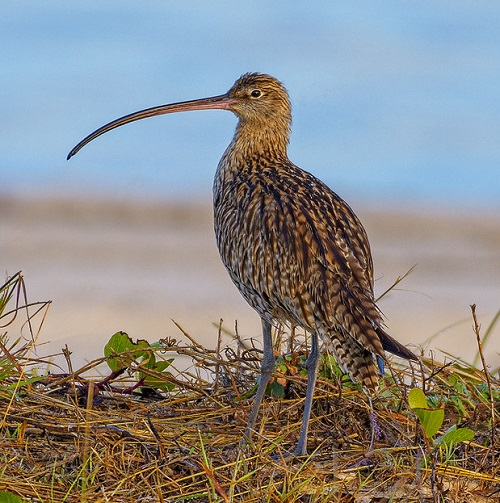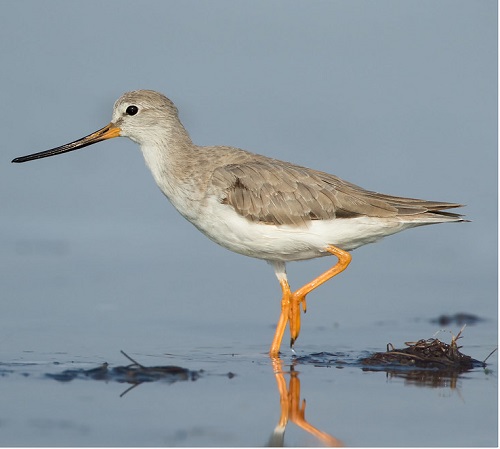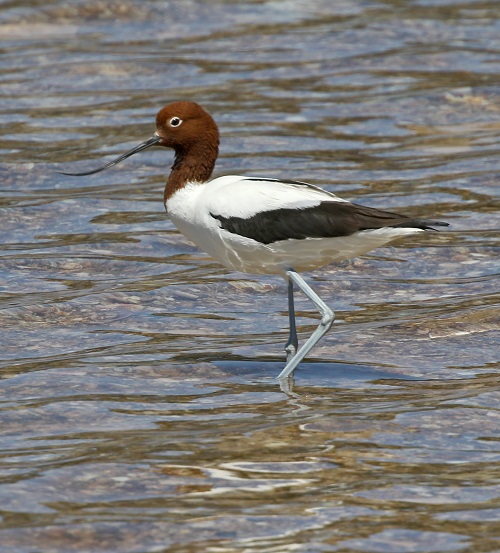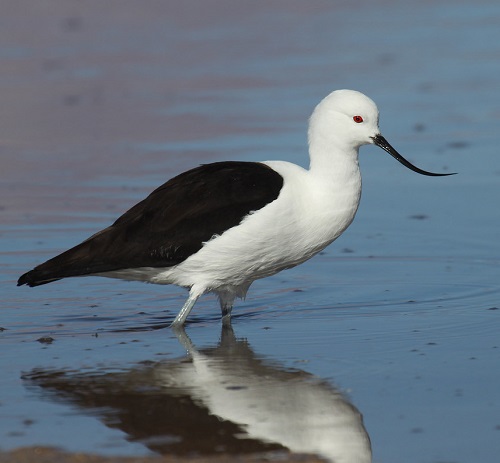Mother nature never ceases to amaze, and Shore Birds with a Curved Beak are no exception. Learn more about these avian wonders below!
Birds are amazing creatures, each with its unique features and appearances. The most interesting ones are the Shore Birds with a Curved Beak. Curious to know more? Keep reading this article till the end!
Shore Birds With a Curved Beak
1. American Avocet (Recurvirostra americana)
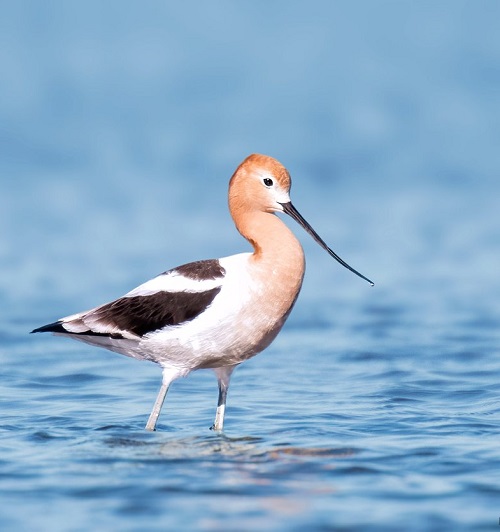
With bluish-gray slender legs, the American Avocet is a fascinating example of Shore Birds with a Curved Beak. During the breeding season, its head turns a deep orange. It is commonly found across North America’s wetlands, marshes, and coastal shores.
2. Eurasian Whimbrel (Numenius phaeopus)
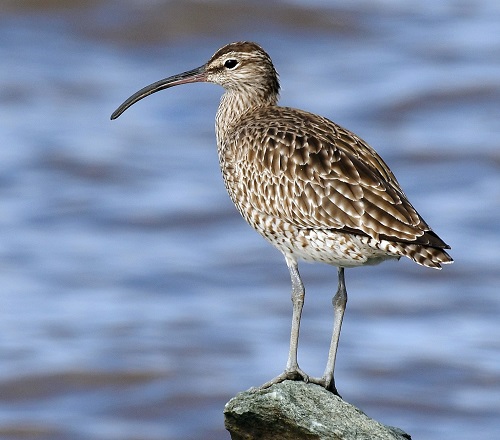
With a long, decurved beak, it’s smaller than the similar-looking curlew. Their distinctive call, along with their unique appearance, makes them easy to identify among the other shorebirds.
3. Marbled Godwit (Limosa fedoa)
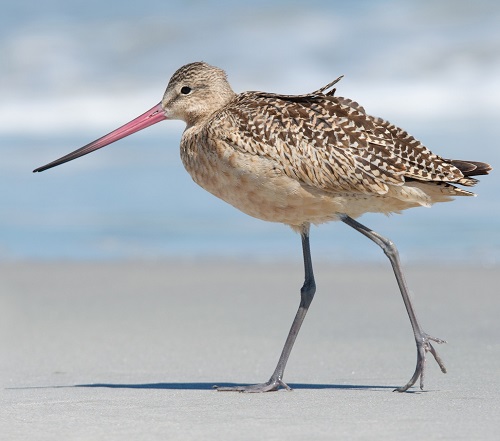
Exhibiting a long, slightly upturned bill, this bird boasts buff-brown plumage with cinnamon wing linings and dark bars on the chest. Using their slightly curved bill, they primarily forage on crustaceans, producing a characteristic whistled call during flight.
4. Long-billed Curlew (Numenius americanus)
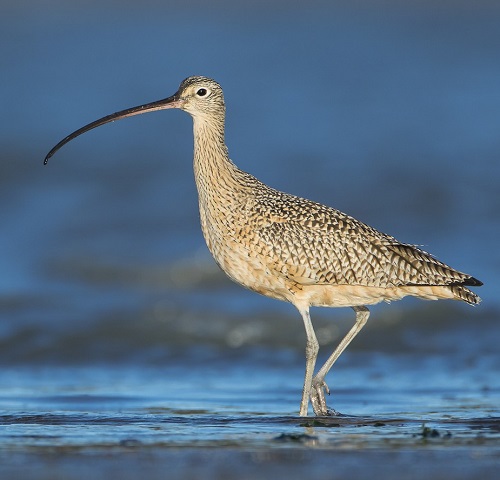
As North America’s largest shorebird, this curlew has a very long, down-curved bill that it uses to hunt crabs and other invertebrates in the mud. Long-billed curlew belongs to the family Scolopacidae.
5. Bristle-thighed Curlew (Numenius tahitiensis)
This bird is known for its bristled plumage and long, decurved bill. As one of the Shore Birds with a Curved Beak, it breeds exclusively in Alaska and winters on tropical Pacific islands. This bird is popular among bird enthusiasts because of its striking appearance.
6. Eurasian Curlew (Numenius arquata)
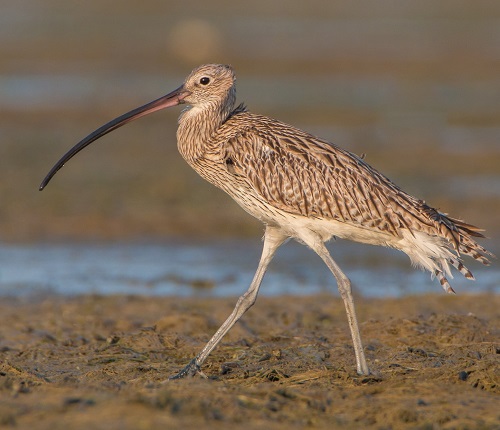
Europe’s largest wader, the Eurasian curlew, has a distinct, long down-curved bill. Its beak’s significant length aids in foraging deep in the mud. Furthermore, their melancholic song adds to the ambiance of their habitats.
7. Slender-billed Curlew (Numenius tenuirostris)
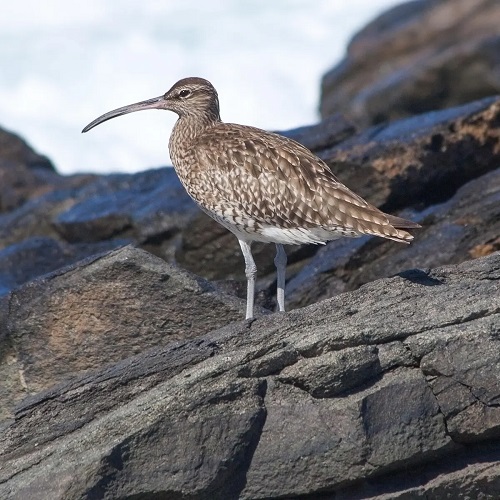
Critically endangered, this bird is known for its slim, slightly decurved beak and was historically found around the Mediterranean. This bird’s critical status makes every sighting valuable.
8. Far Eastern Curlew (Numenius madagascariensis)
This largest sandpiper has a notably long, down-curved bill. It’s often seen in large numbers during migration. The distinctive beak of this bird helps in catching prey in the mud.
9. Ibisbill (Ibidorhyncha struthersii)
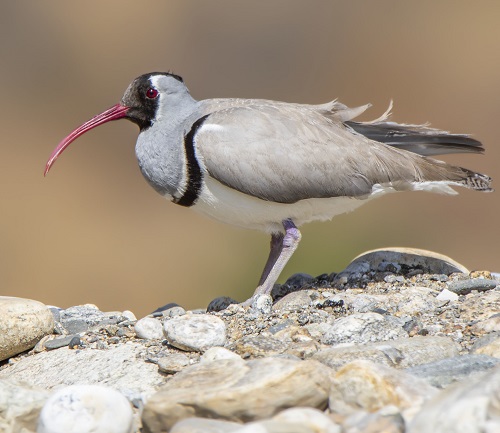
This amazing bird, with its curved bill, is not an ibis but a wader. It’s found along rocky rivers in mountainous regions of Asia. The solitary nature and distinct appearance make it quite intriguing.
10. Terek Sandpiper (Xenus cinereus)
Named after the Russian River, this avian wonder has a slightly upturned beak, allowing it to feed on aquatic insects, mollusks, and crustaceans. Terek sandpiper is often seen scurrying along shores.
11. Red-necked Avocet (Recurvirostra novaehollandiae)
Found in Australia, this attractive bird has a unique black up-curved bill. The red-necked avocet feeds the small invertebrates by sweeping its beak side-to-side in shallow water.
12. Eskimo curlew (Numenius borealis)
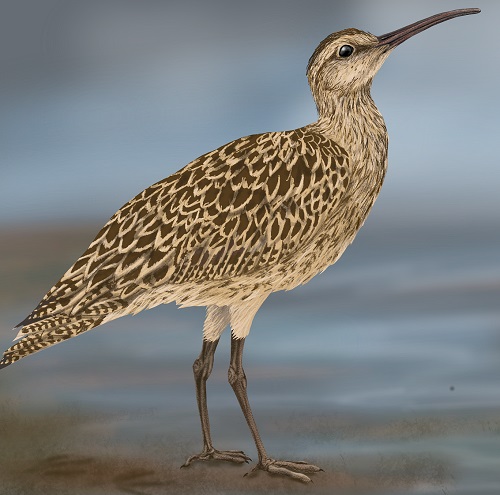
Sporting a long, slightly down-curved beak, this curlew looks similar to the Hudsonian curlew but smaller in size. It has mottled brown upperparts and brown underparts. This bird’s peculiar appearance and migratory habits make it one-of-a-kind among shorebirds.
13. Andean Avocet (Recurvirostra andina)
This large wader stands out by its upwardly curved bill with dark brown and white plumage. It makes nests near the shallow lakes in groups. The outstanding foraging skill, using the curved beak, is awe-inspiring.
14. Pied Avocet (Recurvirostra avosetta)
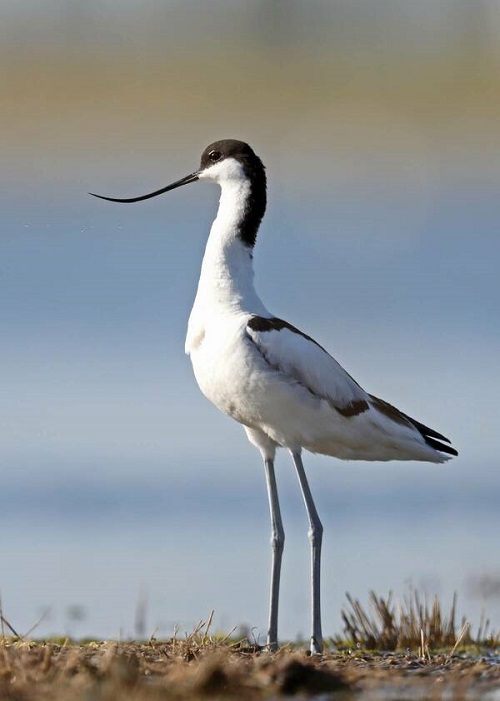
Found across parts of Europe, Asia, and Africa, these birds feature slender, upturned bills. Their striking black and white-hued body with long bluish legs makes them easy to spot. Both males and females look identical.
Read the Flowers That Look Like Birds here

